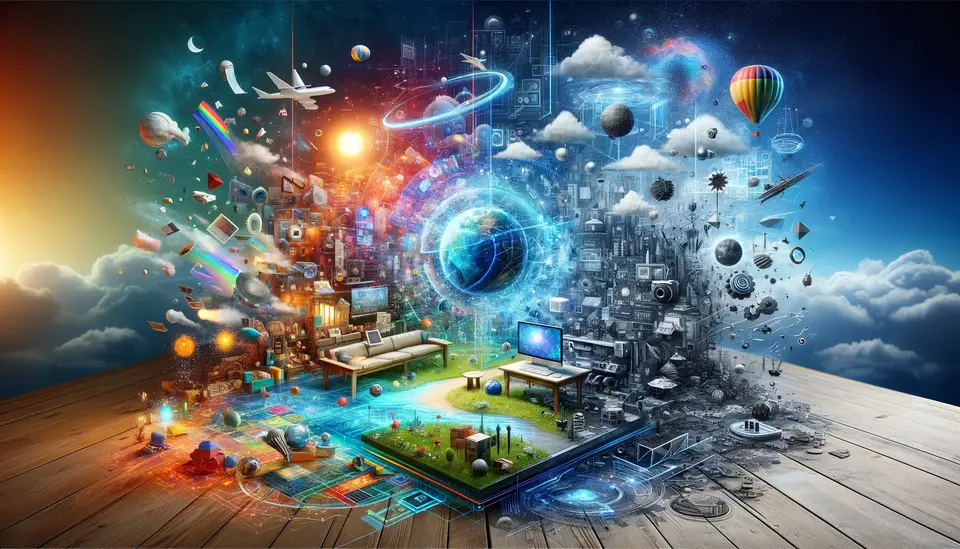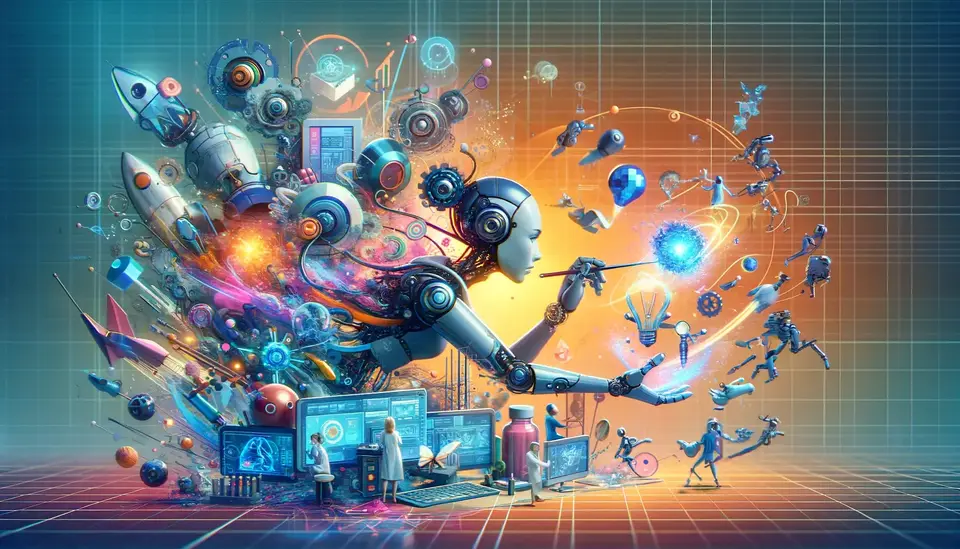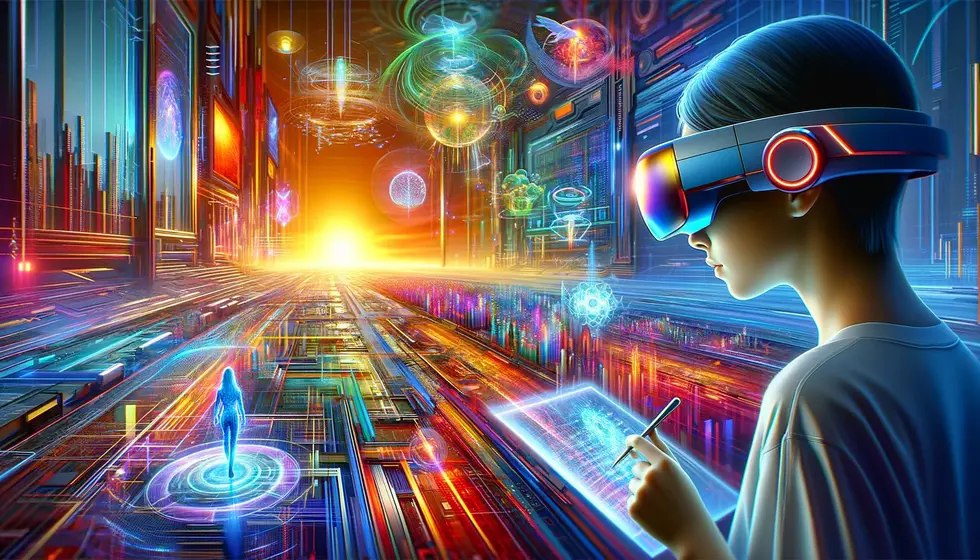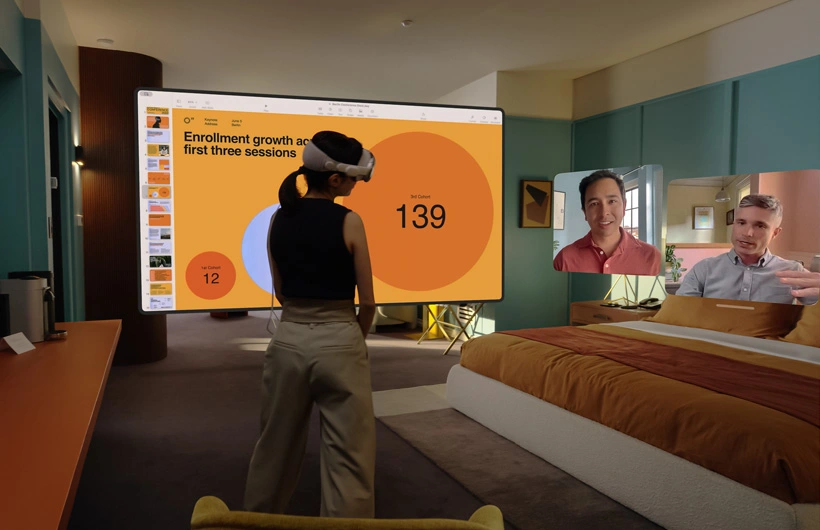10 Important Mixed Reality Statistics You Should Know
Posted on April 13, 2023 3 minutes 552 words
Table of contents
Mixed Reality (MR) is revolutionizing the way we interact with technology and the world around us. By merging the physical and virtual realms, MR creates unique and immersive experiences across various industries. To help you better understand the impact and potential of this rapidly growing technology, we’ve compiled a list of ten important mixed reality statistics. Let’s dive in!
- Market Growth and Valuation
The mixed reality market has seen a meteoric rise, with its valuation increasing from $1.2 billion in 2020 to a projected $20.4 billion by 2026. This impressive growth rate outpaces both augmented reality (AR) and virtual reality (VR) markets, showcasing the significant potential of MR technology.
- Investments and Funding
As MR gains traction, investments and funding in the sector have soared. In 2021 alone, MR startups and established companies received over $2 billion in funding, signaling strong confidence in the technology’s potential.
- Adoption Rate and Users
Globally, the number of MR users is expected to surpass 75 million by 2024. This rapid growth in adoption can be attributed to advancements in MR hardware and software, as well as increased awareness of its benefits in both consumer and enterprise markets.
- Industry Applications
Mixed reality is being adopted across various industries, such as healthcare, education, entertainment, and manufacturing. For example, surgeons are using MR for pre-operative planning and training, while educators are utilizing it to create immersive learning experiences for students.
- Developer Interest and Tools
With the growing interest in MR, more developers are focusing on creating mixed reality experiences. Popular MR development tools and platforms, such as Unity and Unreal Engine, have seen a surge in usage, further fueling innovation in the sector.
- Hardware Sales and Projections
Mixed reality hardware sales are also on the rise, with the sales of MR headsets expected to reach 11.3 million units by 2025. Companies like Microsoft, with its HoloLens, and Magic Leap are among the leading providers in the space.
- Content Creation and Consumption
As the MR market matures, content creation and consumption have grown exponentially. Gaming, educational, and productivity applications have become increasingly popular, with users seeking new and engaging experiences in the mixed reality realm.
- 5G and Mixed Reality
The advent of 5G technology is set to further enhance mixed reality experiences. Faster data transfer speeds, reduced latency, and improved connectivity will enable seamless integration of physical and digital worlds, unlocking new possibilities for MR applications.
- User Satisfaction and Engagement
Current user satisfaction and engagement levels in mixed reality experiences show promise, with 67% of users reporting positive experiences. However, there’s still room for improvement in terms of user comfort, hardware affordability, and content diversity.
- Future Prospects and Trends
The future of mixed reality looks bright, with emerging trends like holographic displays, improved hardware, and the integration of artificial intelligence poised to redefine the MR landscape. As the technology continues to evolve, we can expect even more groundbreaking applications and experiences.
Conclusion
These ten important mixed reality statistics emphasize the growth and potential of MR technology. As developers, businesses, and users continue to explore and embrace mixed reality, we can expect to see further advancements and innovations in this exciting field. Stay informed and engaged in the world of mixed reality to make the most of the opportunities it presents.








